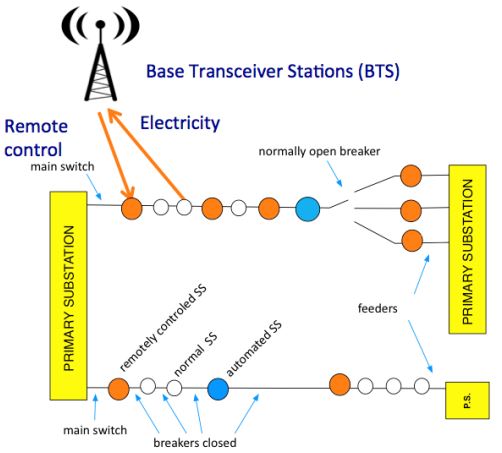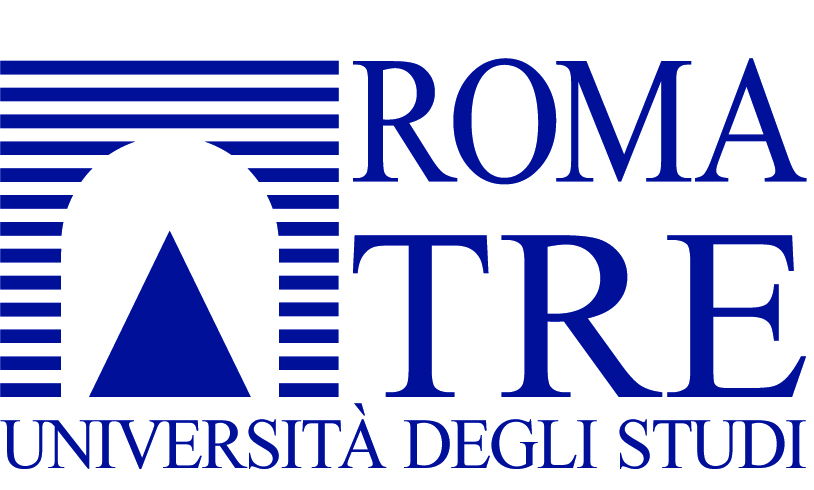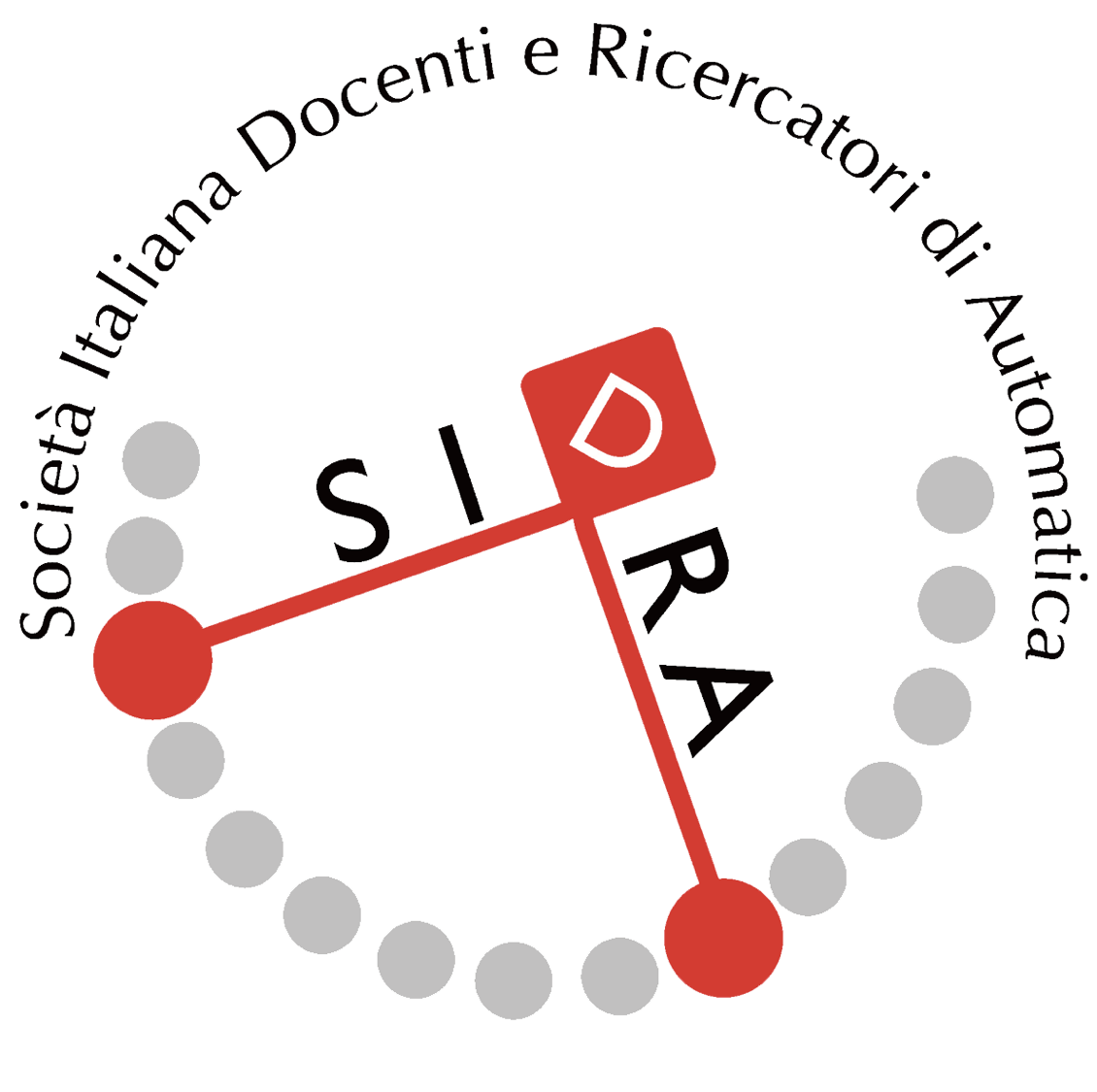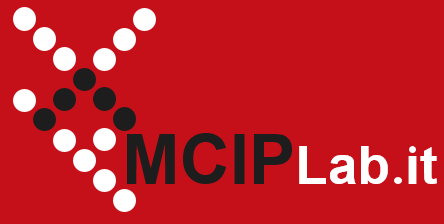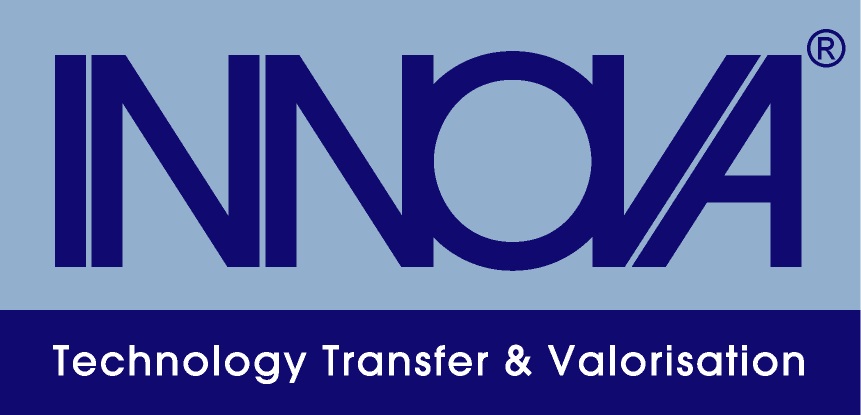Autori
Maria Carla De Maggio, Antonio Di Pietro, Maurizio Pollino, Roberto Setola and Alberto Tofani
Abstract
Critical Infrastructures (CI) provide vital services to citizens; as such, the commitment to enhance their resilience and guarantee a stable and durable service continuity ifs a major concern of Public and Private Authorities.
CI form a complex, dynamically evolving, mutually dependent “system of systems” whose analysis and control is becoming more and more complex. Moreover, due to risks of different nature (anthropic and natural) they should be constantly protected and their resilience enhanced as much as possible. Resilience, being a systemic property, depends on a number of key properties of the systems but also (and often preponderantly) on wise and efficient actions by CI managers: prediction and preparedness are key ingredients for allowing a more efficient approach to healing and restoration upon damages or faults.
A major ambition of the EU project CIPRNet (FP7 GA No. 312450) is the creation of a Virtual Centre of Competence and Expertise in Critical Infrastructure Protection (CIP) with the aim of supporting Critical Infrastructures operators, emergency managers and other stakeholders. Such a Virtual Centre will then turn into a durable agency (EISAC European Infrastructures Simulation and Analysis Centre) beyond the end of CIPRNet.
EISAC will be empowered by a number of advanced technological tools which CIPRNet is going to develop. Among them, CIPCast which is a new Decision Support System for Risk Analysis of Critical Infrastructures.
In this framework, one of the most advanced tool is the CIPCast, a real-time operational system for the risk prediction of systems of CI. It has been developed to support CI operators and Emergency Managers by:
- predicting the occurrence of a critical situation (i.e. the occurrence of intense natural events);
- transforming these events into potential damages to CI elements (electrical cabins, telecommunication devices, roads or railways, pipelines etc.);
- transforming the expected damages to one (or more) CI into impacts on Services (reduction or loss of Service for one, or more, CI in a given area);
- predicting the depth of the expected crisis by estimating the social Consequences associated to the reduction (or loss) of vital Services;
- providing optimized strategies for restoration and consequences mitigation.
CIPCast is thus based on a complex workflow of applications which executes the different actions expressed above: external data acquisition, transformation of predicted perturbation strength into harms to vulnerable equipment, propagation of the services outages internally to a given CI and externally, to other CI through coupling functional relations.
During the interactive session, a live demonstration of the CIPCast and in particular of RecSIM will be given.
Sessione
